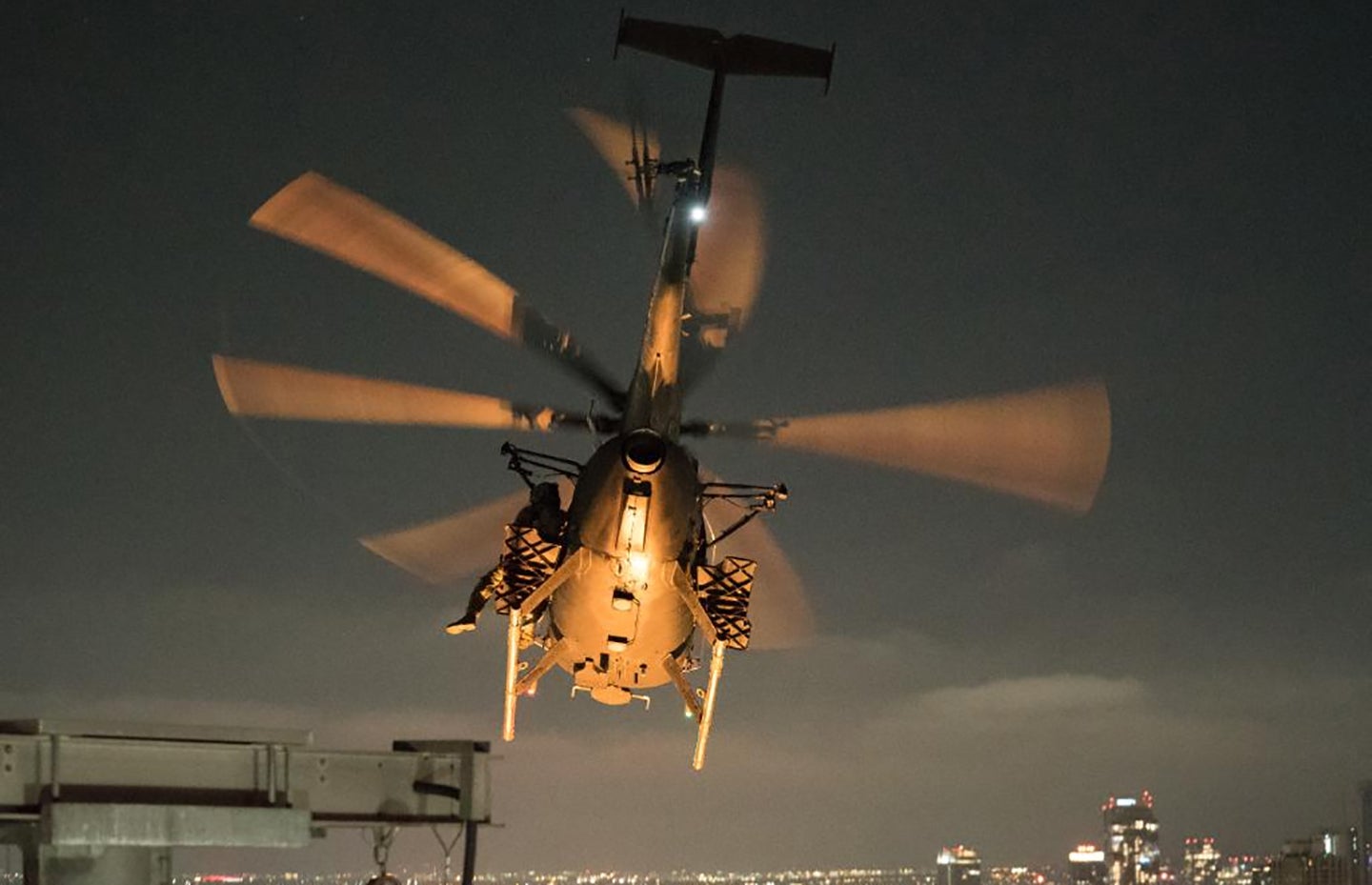The German newspaper Süddeutsche Zeitung is reporting that special operators from the country’s Special Forces Command (KSK), which were recently deployed to Kabul to help extract German citizens, have executed a successful heliborne operation outside of the airport. They did so not using the pair of special operations-modified Airbus H145M helicopters that were sent to support their mission (read all about that here), but aboard MH-6 Little Bird helicopters belonging to the legendary 160th Special Operations Airborne Regiment (SOAR), better known as the Night Stalkers, instead.
Süddeutsche Zeitung writes (Google translation):
Special forces of the Bundeswehr took German citizens out of Kabul for the first time with helicopters. According to information from the Süddeutsche Zeitung , soldiers from the Special Forces Command (KSK) and the Americans rescued more than a dozen citizens fleeing the militant Islamist Taliban in a secret operation on Wednesday night.
According to Bundeswehr circles, the two Bundeswehr helicopters that were relocated to Kabul specifically for such purposes last Saturday were not used. The operation was carried out with the equally maneuverable Little Bird helicopters of the Americans.
Such operations are not possible without close cooperation with the United States. The US military controls the airspace.
There had been speculation about such operations for days. The soldiers on-site, led by Brigadier General Jens Arlt, had so far only operated from the ground. Using the German helicopters was initially considered too risky. It was also said that there was no release for use. In addition, the special forces initially concentrated on the vicinity of Kabul airport in order to rescue those in need of protection. According to information from the Süddeutsche Zeitung, the operation last night was the fourth KSK operation. It all started with the rescue of an Afghan family from Munich.
…
“The window to save people is closing,” say Bundeswehr circles. Accordingly, the Bundeswehr could carry out its last evacuation flights on Friday, and the rescue operation may have to be ended even earlier. The Bundeswehr depends on the USA and its people to secure the mission.

The mission described sounds very much like a rescue operation that Pentagon Press Secretary John Kirby and U.S. Army Major General Hank Taylor, the Director of Current Operations within the Office of the Joint Staff, disclosed at a press briefing earlier today, but would not discuss in any detail.
The full exchange regarding that mission from the Pentagon’s official transcript is as follows:
MAJ. GEN. TAYLOR: Yes. So last night during the period of darkness there was an operation to be able to go out and safely evacuate evacuees back into Kabul. They were at HKAI [Hamid Karzai International Airport] and they’re safely there preparing to be evacuated.
Q: So when you said — was it — was it in Kabul and then they brought them into the airport or was it at…
MAJ. GEN. TAYLOR: It was outside of the airfield — outside of the airfield in a way that and we were able to bring them back to Kabul safely, and they are preparing for evacuation.
MR. KIRBY: Back to the airport.
MAJ. GEN. TAYLOR: Airport — to the airport.
MR. KIRBY: It was inside Kabul. David.
Q: Americans?
Q: Was that a — was that a helicopter operation?
MR. KIRBY: It was.
Q: Can you tell us how many?
MR. KIRBY: We’re not going to provide specific details. Less than 20.
Q: Less than 20.
Q: Americans?
MR. KIRBY: Less than 20. I’m not going to provide additional details.
If the report is indeed accurate, the KSK working directly with the Night Stalkers, which have been part of the aviation portion of the evacuation since it began, and, as The War Zone was among the first to report, expanded their capacity and capabilities early in the operation, makes total sense. America’s top special operators train often with their German counterparts, which are very highly regarded for their abilities. The 160th SOAR is also extremely adaptable when it comes to working with all types of special operations players, from federal law enforcement agencies to foreign teams.
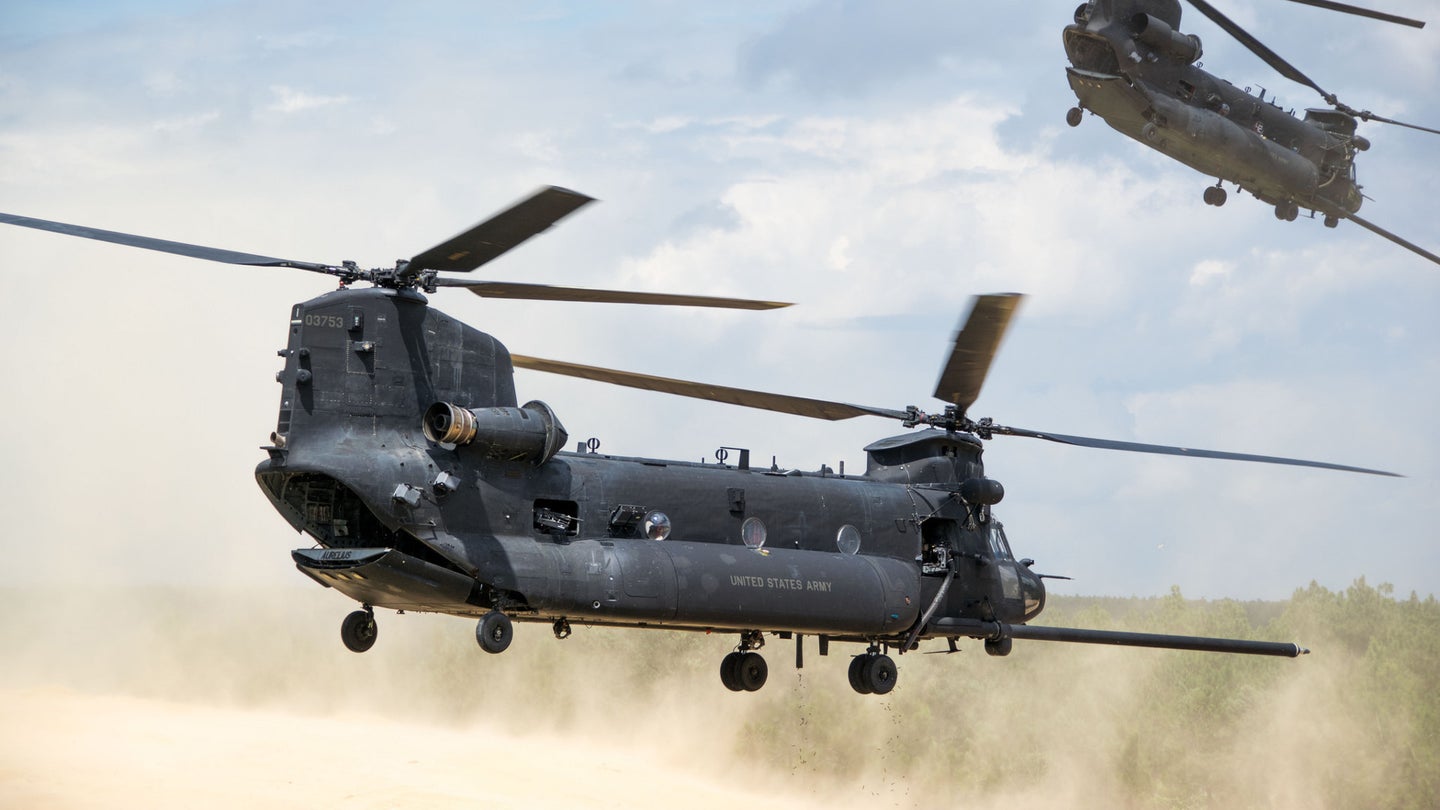
As it sits now, ongoing extraction missions outside of the airport appear to be a joint effort between various special operations units and the CIA, with the 160th SOAR providing higher-end airlift and close air support capabilities.
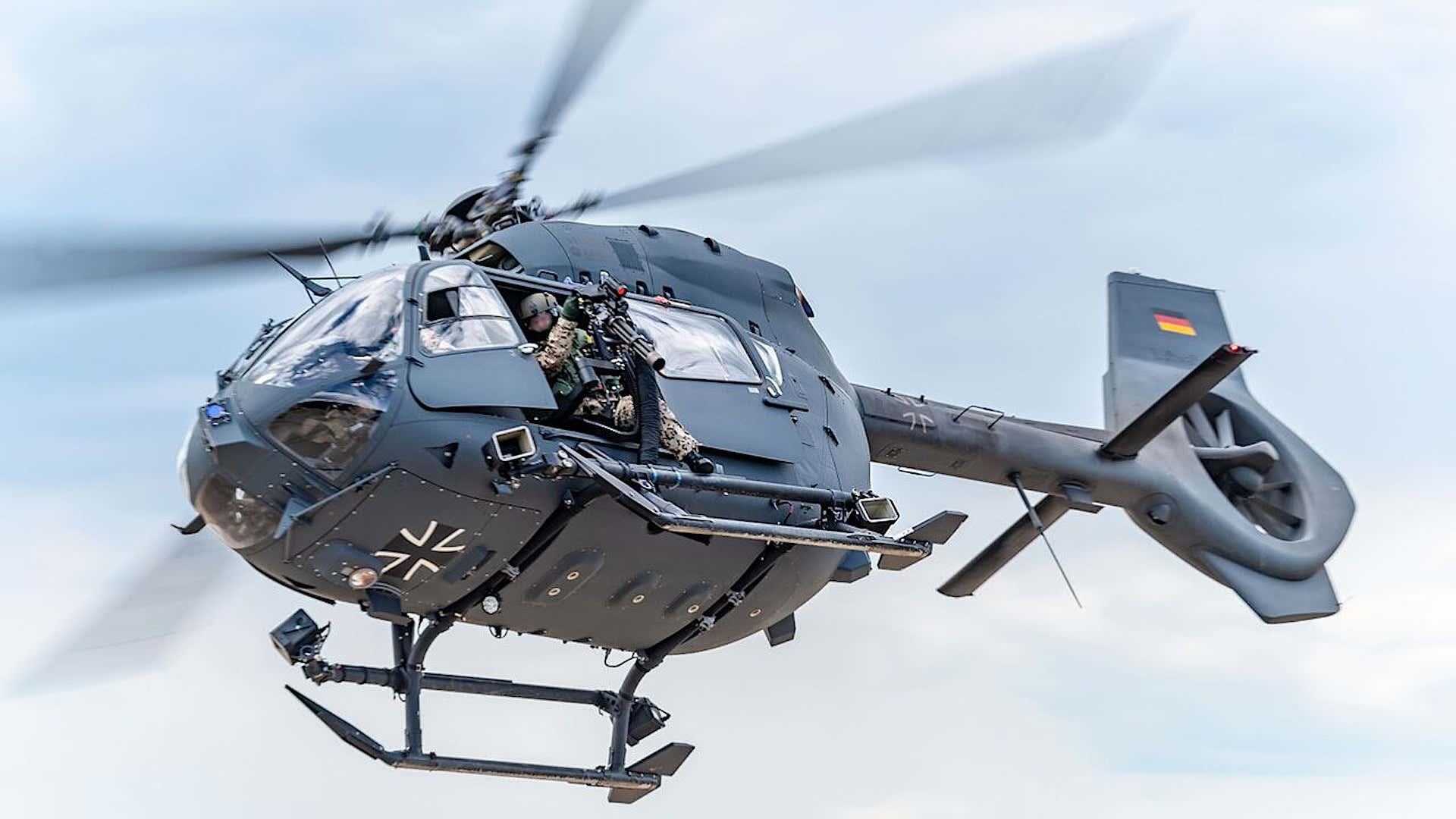
For certain missions, especially urban ones, the Night Stalkers’ compact MH-6 Little Birds are especially well suited. The elite unit already knows its way around Kabul and has been operating there for nearly two decades, and continued to do so even after the Taliban took control. These and any number of other factors could have led to the KSK working with the Night Stalkers instead of using their own helicopters.
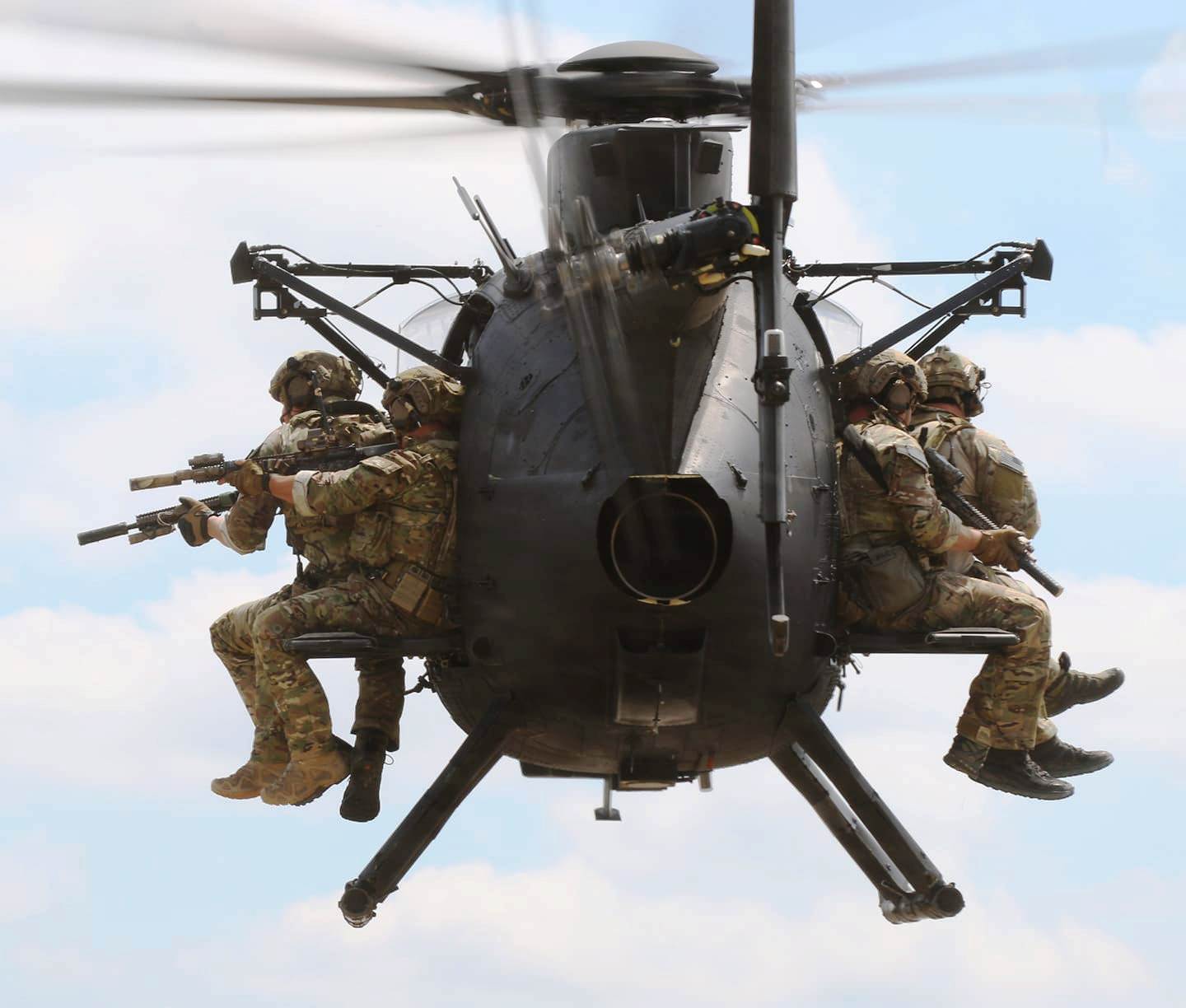
Just how active the 160th has been in snatching up evacuees in Taliban-controlled urban terrain over the last week or so may not be fully known until after the operation ends, or maybe never at all. These missions are not just high-risk to the pilots and operators, but to the overall stability of the evacuation operation as a whole. One inadvertent firefight could change the direction of the entire situation drastically.
As we pointed out days ago, the 160th SOAR may very well end up being the last American forces out of Afghanistan as their MH-60s and MH-47s can aerial refuel, allowing them to deploy out of the country without being broken down and loaded into airlifters as normal Army helicopters require. Even their Little Birds, which do not have aerial refueling capabilities, can be broken down and loaded into a transport plane as small as a C-130 in minutes, not hours.
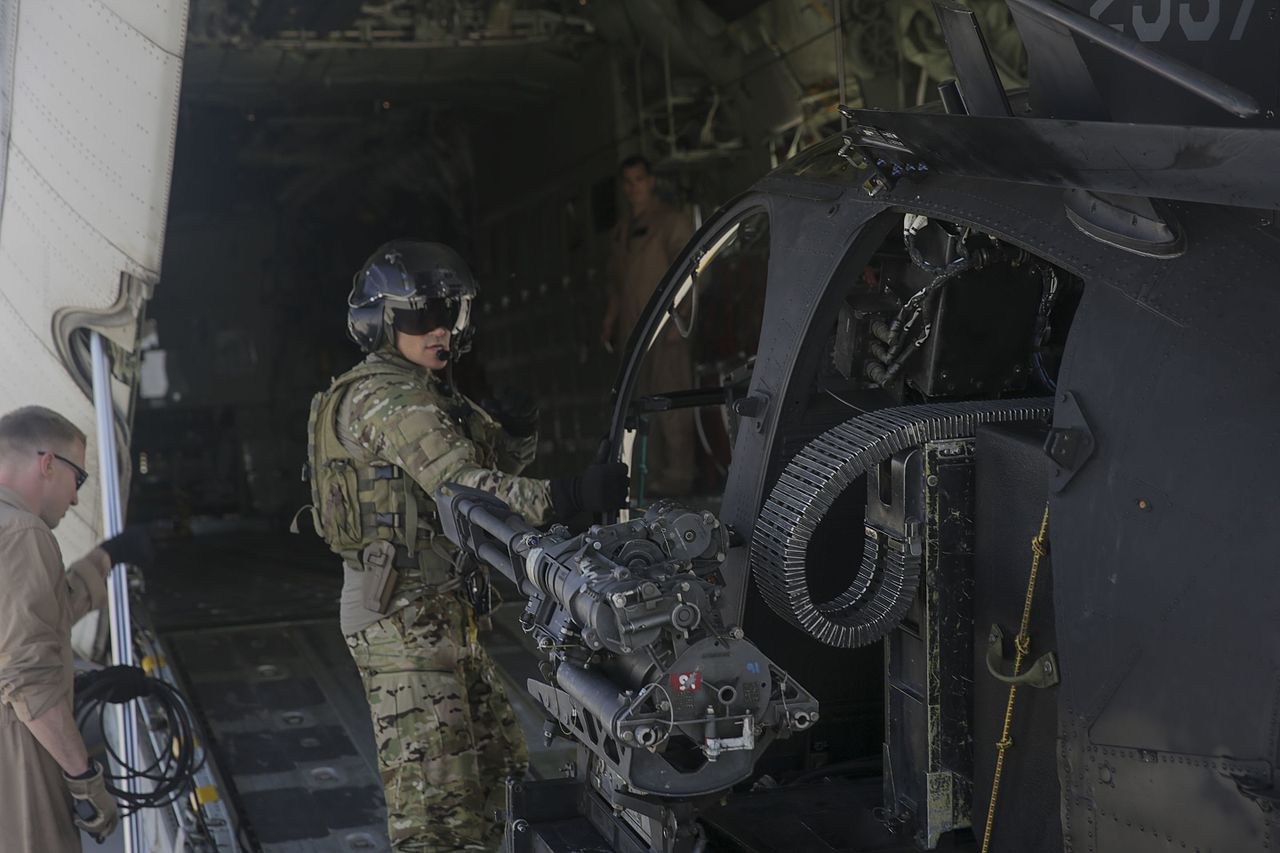
A member of the special operations community recently added some color to this special capability to The War Zone, stating:
This is what they train to do. Literally weekly. Large units like the 82nd may train a couple times a year on strat air loading. And it’s usually the maintenance company that’s in charge, not the aircrews, and it takes forever. In the 160th, it’s the flight companies (to include pilots) who lead the loading and unloading for the exact purpose of being able to do the task rapidly with as few resources as needed.
The 160th SOAR also has a major close air support mission in Kabul as they are able to apply kinetic capabilities more precisely than any other unit, which could be absolutely essential in what is one of the most complex urban combat environments the U.S. military has ever faced. This is especially true when it comes to protecting Hamid Karzai International from being attacked, not just supporting special operators beyond the airfield’s perimeter.
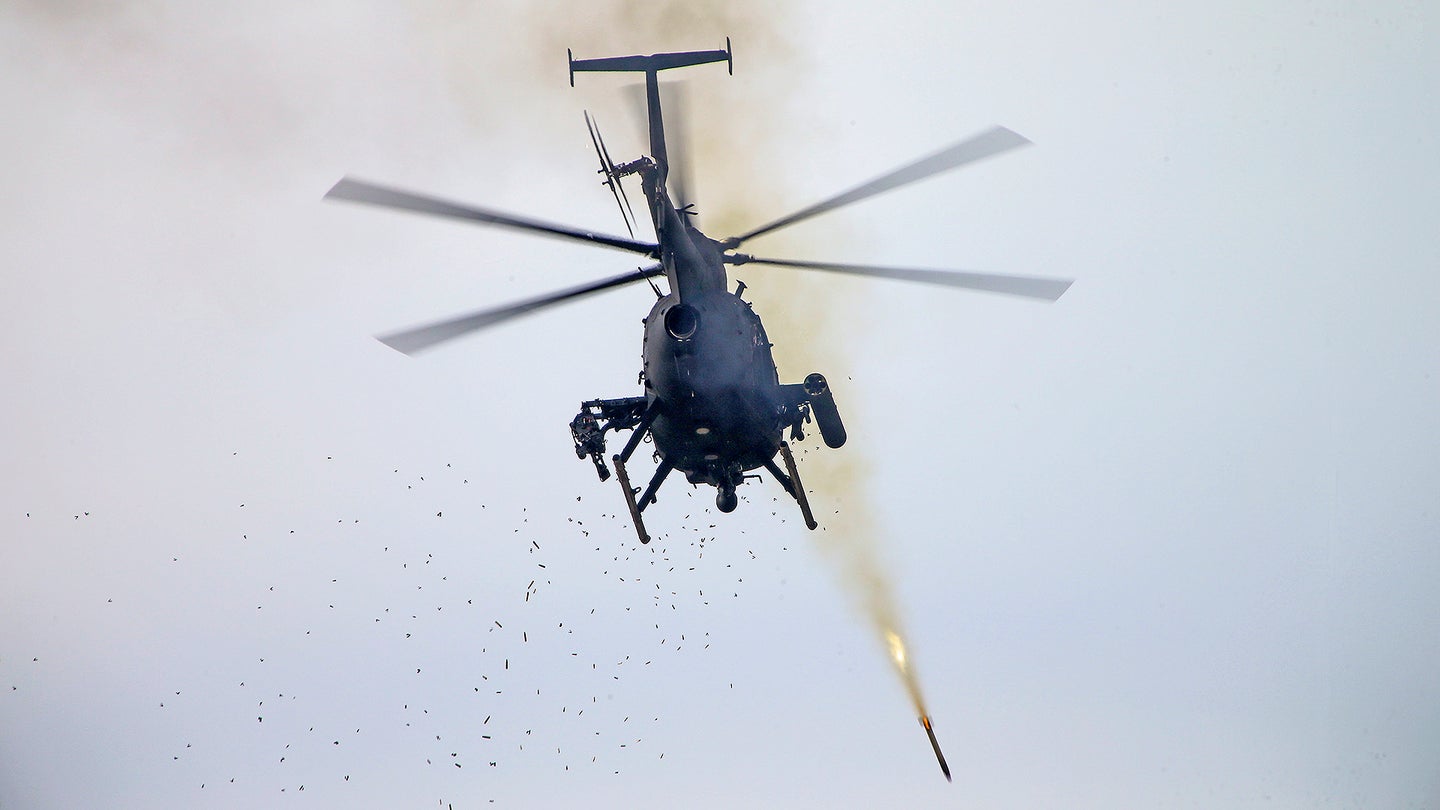
160th SOAR Little Birds and Direct Action Penetrator (DAP) configured Black Hawks can do what even the AH-64 Apache—also deployed to the Kabul’s airport—can not. As we understand it, the Apache is limited by its crew’s visibility and how its weapons are configured. It was designed to battle tanks from a distance. As such, the visibility beneath the crew heavily is restricted at closer distances. They also rely on the TADS (Target Acquisition Designation Sight) to operate the weapon systems, which effectively precludes them from having the ability to be surgical at very close range, unlike the MH-60 DAP or AH-6 Little Bird.
The same 30mm cannon and 19-shot rocket pod shared with the DAP and the Apache is a great example of this difference. The DAP has largely the same weapons as the Apache but they are not controlled by the TADS and are fixed in place. This creates a dramatic difference in accuracy between the two frames—one is more capable of providing area effects and the other being a pinpoint precision purveyor of firepower even at very close ranges.
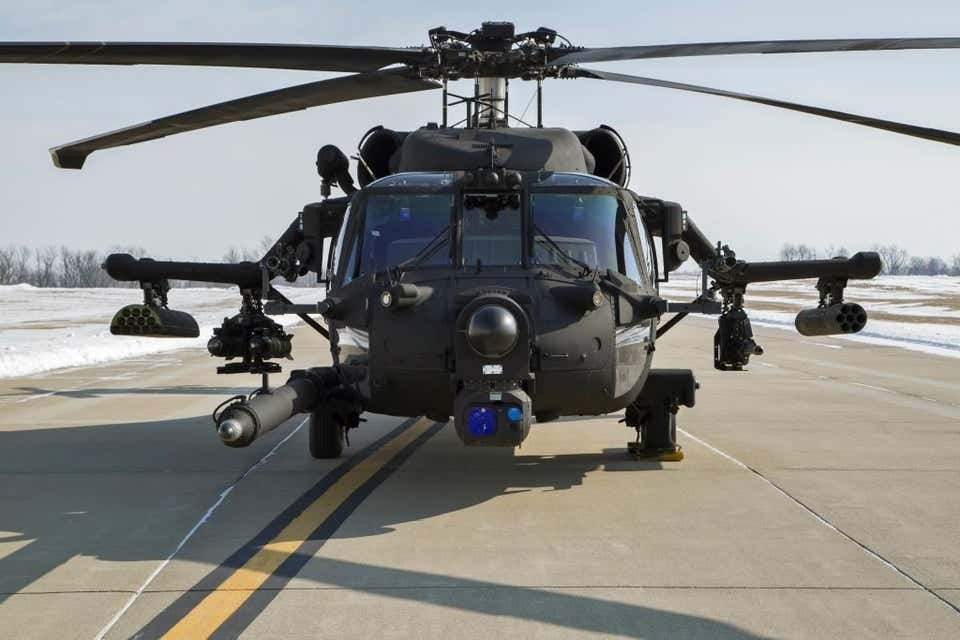
It’s also worth noting that the DAP is dual-role and it can be converted back into a transport helo in a couple of hours or less. This provides a lot of contingency capability in a single aircraft.
The Little Birds can literally fly down streets below rooftop levels and employ their weapons, making very rapid and coordinated re-attacks. So basically, we are talking about a unique capability here that cannot be rivaled and is tailored for the extreme tactical situation like the one the U.S. and its allies are facing in Kabul right now. Training is another factor. The 160th SOAR features the most capable and highly trained and experienced helicopter crews in the world. Their ability to provide airlift or close air support is unrivaled.
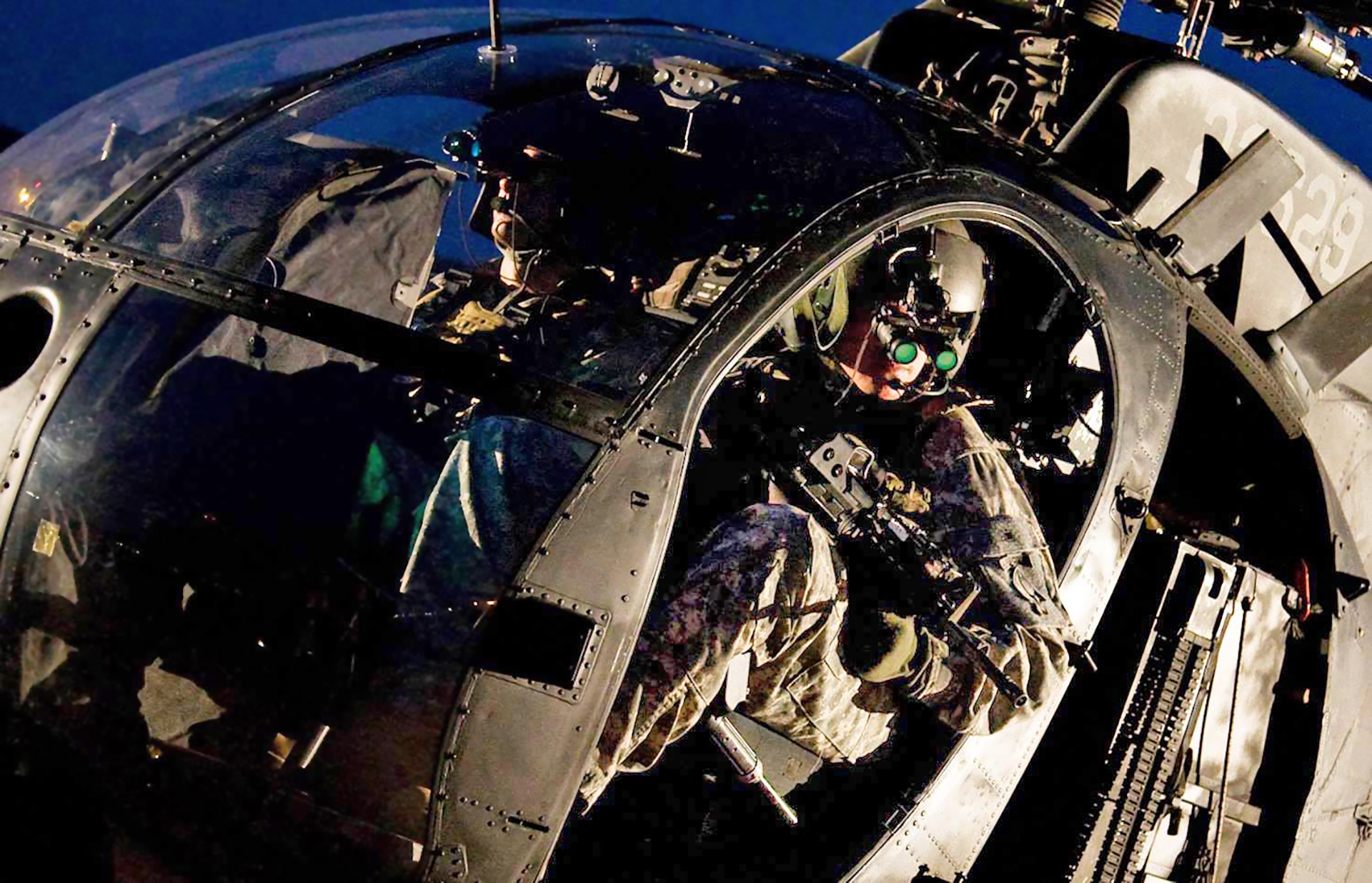
Still, according to our contact, it comes down to people, not hardware, that make the biggest difference:
This is exactly what the unit was created to support. Surgical strike and hostage/isolated personnel rescue.
…
It’s not just the sexy gadgetry, but the fact that these people are ready, able, and absolutely committed to their mission, regardless of the risks or the odds.
It’s truly remarkable. Buttons and switches are neat, but it’s what young men and women on the ground stand ready to do that’s magic.
Always has been.
Contact the author: Tyler@thedrive.com
